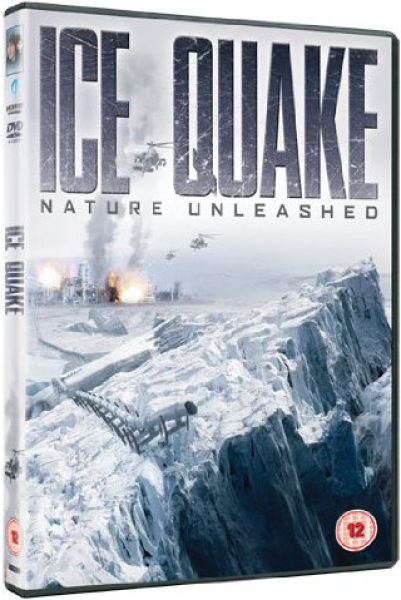

After raging storms, cold fronts often move in across the state.

Read on to learn more about this fascinating wintertime phenomenon in Connecticut. In addition, minimal snow cover allows the cold to permeate further underground and a rapid drop in temperature causes the water underground to freeze more quickly, according to Witt. The state is known to experience frost quakes, a natural phenomenon causing loud explosive noises that occurs only in the winter. The best conditions for a frost quake occur when a very cold air mass moves over a recently saturated surface, typically from melting snow or rain. Frost quakes are most common the Northeast, Great Lakes region and Alaska," Witt said. "Therefore, frost quakes can happen almost anywhere that extremely cold weather is present, as it's not a seismic event related to tectonic plates. However, instead of tectonic plates grinding against each other, it's ice against the underground soil. This is similar to the way in which an earthquake occurs. This expansion puts stress on its surroundings, which can be released explosively in the form of a frost quake," said AccuWeather Meteorologist Derek Witt.

"However, during periods of extremely cold weather, the water further underground can also freeze, and when it does, it expands. Geological Survey (USGS) said.įrost quakes occur because water naturally trickles down into the ground, and during winter, water close to the surface will freeze due to the colder air above. There is no such thing as "earthquake weather," with an equal distribution of earthquakes in cold, hot, dry or rainy weather, the U.S. However, frost quakes are not related to earthquakes, the movement of tectonic plates, volcanoes or other factors that are unrelated to surface temperature. They often happen at night, when the air is coldest.Frost quakes are often mistaken for earthquakes because the initial indicators may appear similar to those of an earthquake, including tremors, vibrations, ground cracking and related noises, such as thundering or booming sounds.

A noise Lowcountry residents reported hearing. Often there’s a loud boom.Ī lack of deep snow cover often contributes to this phenomenon because snow insulates the ground from intensely cold air. However, this event was more likely a cryoseism, also known as an ice quake or a frostWICHITA, Kan. The water expands as it freezes, and pressure builds up until finally a section of frozen earth near the surface cracks suddenly. As water drains into the ground, it may eventually freeze and expand under colder temperatures, putting stress on its surroundings. As the water drains into the ground, it may eventually freeze and expand under colder temperatures, putting stress on its. Sometimes called a 'frost quake', cryoseism may be caused by a sudden cracking action in frozen soil or rock saturdated with water or ice. Water saturates the ground and then deep cold makes it freeze. A cryoseism, ice quake or frost quake, is a seismic event caused by a sudden cracking action in frozen soil or rock saturated with water or ice, or by stresses generated at frozen lakes. According to Wikipedia, an ice quake is technically known as 'cryoseism'. Long spells of deep cold bring frost quakes, or cryoseisms. But we offer the tiniest of silver linings! To accompany this cold snap, we’re running a short-term daily feature: Cold Facts. Is there a bright side to any of this? Not really. Winter is upon us and the cold is here to last, with double-digit negative temperatures forecasted for the next week. Photo by Gavin Young / Calgary Herald Article content
#Cryoseism... or an ice quake 2017 crack#
On the day this crack was found, a loud boom was heard in the northern part of the city. Join the conversation File photo: This crack was thought to be linked to a suspected frost quake in Calgary in 2014. National Capital Region's Top Employers.


 0 kommentar(er)
0 kommentar(er)
